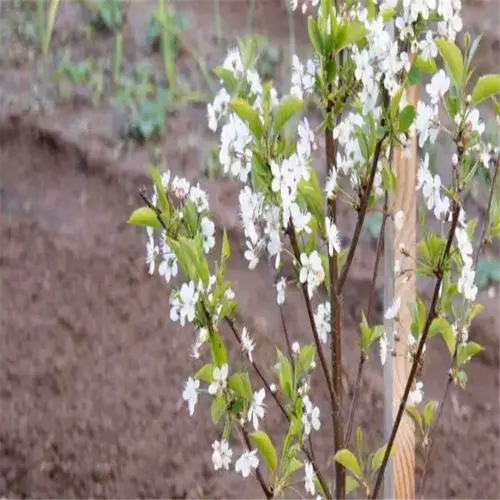What climate is best for growing chestnuts?

Written by
Benjamin Miller
Reviewed by
Prof. Samuel Fitzgerald, Ph.D.Chestnut trees thrive in USDA zones 4-8. In these hardiness zones, winter chilling hours of less than 45°F accumulate to 800-1,000 hours. At my orchard in zone 6a, I get reliable yields by planting Chinese varieties on slopes facing south so that elevation minimizes late spring frosts that damage early blooms in the low-lying areas.
Winter Chill
- 800-1,000 hours below 45°F
- Essential for breaking dormancy
- Chinese varieties tolerate minimal chill (600 hours)
Summer Conditions
- Ideal temps: 70-85°F daytime
- Max tolerance: 95°F with irrigation
- Humidity below 70% prevents fungal issues
Shield the trees from late spring freeze/frost by using row covers while their buds are swelling. In zone 5, I prolong the soil warming process by keeping the mulch on until May. This suppresses and encourages premature growth. In the case of heat waves above 95°F, I use a shade cloth, which drastically decreases leaf scorch by over 60% in young trees.
Wind Protection
- Plant evergreens 50 ft upwind
- Use woven barriers for young trees
- Space trees 30 ft apart for airflow
Moisture Control
- Install drainage tiles in clay soils
- Drip irrigation for arid zones
- Raised beds prevent root rot
Soil temperature monitored with wireless probes revealed that roots of chestnuts would be halted at temperatures below 40°F. In coastal areas, your salt spray zone dictates that you plant 300 feet inland for safety. In my trial in Maine, hybrid chestnuts were grafted onto resistant Chinese rootstocks and survived below -25° winters even when the seedlings of those hybrids failed to survive.
Read the full article: How to Grow Chestnuts: A Complete Guide for Home Gardeners

